Understanding Tree Diseases: Types, Impacts, and Prevention Strategies
- September 6, 2024
- 0 comment
Tree health plays a crucial role in maintaining the balance and biodiversity of ecosystems. Trees are not just sources of oxygen and habitats; they are also vital in preventing soil erosion, regulating the climate, and supporting wildlife. However, the rising prevalence of tree diseases is threatening these benefits, leading to significant ecological and economic challenges.
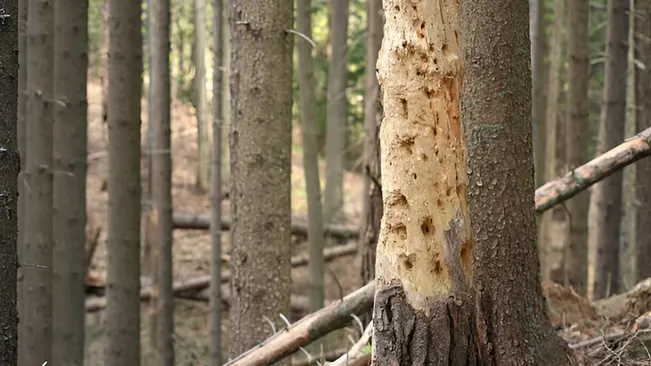
As we become more aware of the importance of forests, understanding tree diseases becomes essential for both conservation and effective forest management.
Types of Tree Diseases
Tree diseases can be caused by various pathogens, including fungi, bacteria, viruses, and parasites. Each type of disease affects different parts of the tree and can spread at different rates, depending on environmental conditions.
1. Fungal Diseases
Fungal diseases are among the most common and destructive tree diseases. They spread through spores that can be carried by wind, water, or animals, infecting trees through wounds or natural openings.
- Chestnut Blight: A fungal disease that nearly wiped out the American chestnut tree in the 20th century.
- Dutch Elm Disease: Another devastating fungal disease, spread by bark beetles, that has severely impacted elm populations.
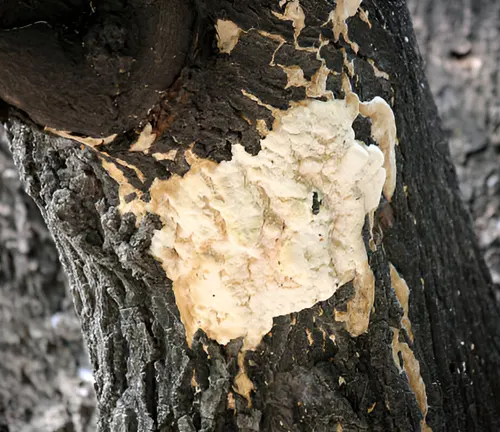
Symptoms of fungal diseases often include cankers, wilting, or discolored leaves, which can lead to the death of affected trees if not managed properly.
2. Bacterial Diseases
Bacterial diseases, though less common than fungal infections, can be equally damaging. These diseases are often spread through insects, rain splash, or contaminated tools.
- Fire Blight: A bacterial disease affecting fruit trees like apples and pears, characterized by blackened, withered branches that appear as if scorched by fire.
- Bacterial Leaf Scorch: Affects a variety of hardwood trees, causing browning of leaf edges and eventual leaf drop.
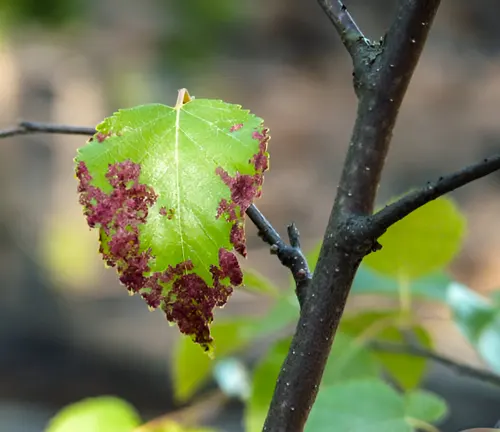
Control of bacterial diseases can be challenging, as they often require the removal of infected plant material and the application of appropriate antibiotics.
3. Viral Diseases
Viral diseases in trees are typically spread by insect vectors such as aphids or through grafting infected plant material. These diseases can be difficult to diagnose and manage because symptoms can be subtle and vary widely.
- Mosaic Virus: Causes mottling or distortion of leaves, leading to reduced photosynthesis and overall tree vigor.
- Cherry Leaf Roll Virus: Affects cherry trees, leading to leaf curling and reduced fruit yield.
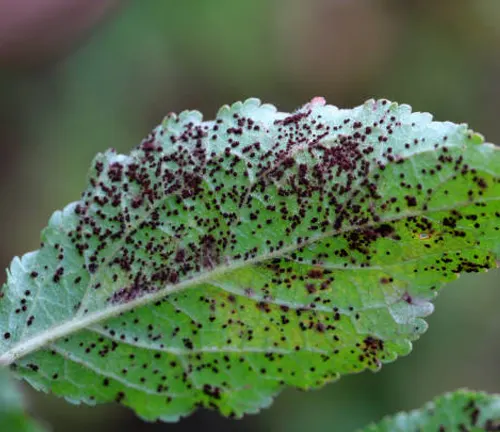
Management of viral diseases often involves controlling the insect vectors and removing infected trees to prevent further spread.
4. Parasitic Diseases
Parasitic plants, such as mistletoe, attach themselves to host trees and siphon off water and nutrients, weakening the tree over time.
- Mistletoe Infestation: Common in many tree species, especially in oak and pine, leading to reduced growth and increased susceptibility to other diseases.
- Dodder Infestation: Dodder is a parasitic vine that wraps around host trees, extracting nutrients and water, weakening the host.
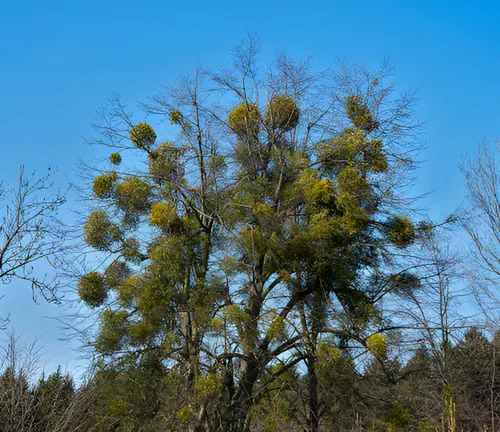
Managing parasitic diseases often requires physical removal of the parasite and, in severe cases, pruning or removing heavily infested branches.
5. Environmental Stress-Induced Diseases
Environmental factors, such as drought, pollution, and soil compaction, can stress trees and make them more susceptible to diseases.
- Drought Stress: Weakens trees, making them more vulnerable to pathogens like bark beetles and root rot.
- Pollution-Related Decline: Trees in urban environments often suffer from soil contamination and air pollution, leading to a decline in health and increased susceptibility to disease.
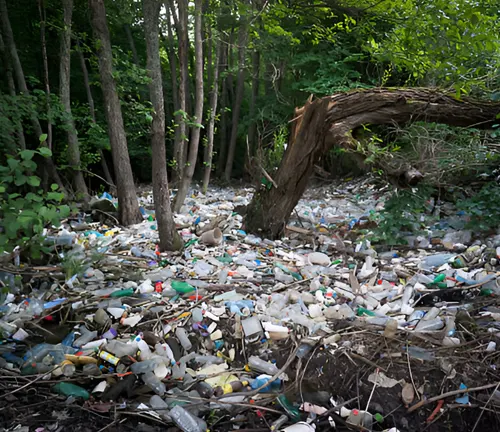
Addressing environmental stress involves improving site conditions, such as mulching, watering during dry periods, and reducing soil compaction.
Impacts of Tree Diseases
The impact of tree diseases extends far beyond the health of individual trees, affecting entire ecosystems, economies, and communities.
1. Ecological Impacts
Tree diseases can lead to significant ecological consequences, particularly when they affect keystone species or large areas of forest.
Loss of Biodiversity
As trees die, so do the species that depend on them for habitat and food, leading to a reduction in biodiversity.
Alteration of Ecosystems
The loss of dominant tree species can shift the composition of plant and animal communities, leading to long-term changes in the ecosystem.
For example, the loss of American chestnut trees due to Chestnut Blight led to the decline of species that relied on these trees for food and shelter, fundamentally altering forest ecosystems in the eastern United States.
2. Economic Impacts
The economic impact of tree diseases can be severe, particularly in regions dependent on forestry and agriculture.
Cost of Disease Management
Efforts to manage tree diseases, including monitoring, removal of infected trees, and application of treatments, can be costly.
Loss of Timber Resources
Diseases like Dutch Elm Disease have led to the loss of valuable timber resources, affecting industries and local economies.
In addition to direct costs, the loss of trees can lead to decreased property values, reduced tourism in affected areas, and increased spending on pest control and tree replacement.
3. Social Impacts
Tree diseases can also have significant social impacts, particularly when they affect culturally significant species or recreational areas.
Cultural Significance
Trees like oaks and elms often hold cultural importance in many societies, and their loss can have a profound impact on community identity and heritage.
Loss of Recreational Spaces
Parks and forests affected by tree diseases may become less attractive or accessible, reducing opportunities for recreation and connection with nature.
The social impacts of tree diseases underscore the importance of community involvement in disease prevention and management efforts.
Prevention Strategies
Preventing tree diseases requires a combination of proactive management practices, early detection, and community involvement.
1. Early Detection and Monitoring
Regular monitoring of tree health is essential for early disease detection, enabling swift and effective interventions. By utilizing tools like remote sensing and drones, large areas can be efficiently monitored, allowing for the quick identification of potential issues.

This proactive approach helps prevent the widespread spread of diseases, minimizing damage and protecting the overall health of forests.
2. Integrated Pest Management (IPM)
Integrated Pest Management (IPM) is a comprehensive approach that combines various methods to manage tree diseases effectively.
- Biological Controls: Introducing natural predators or competitors of disease-causing organisms can help keep disease levels in check.
- Chemical Treatments: Targeted use of fungicides, bactericides, and other chemicals can be effective when used in combination with other strategies.
- Cultural Practices: Practices such as proper pruning, mulching, and irrigation can reduce the stress on trees and make them less susceptible to disease.
3. Soil and Environmental Management
Maintaining healthy soil and a supportive environment is vital for preventing tree diseases, as it enhances tree resilience. Practices like composting and proper fertilization boost soil health, making trees more robust against stressors.

By adjusting management techniques to address changing climate conditions, we can further reduce environmental stress, ensuring that trees are better equipped to resist and recover from diseases.
4. Public Awareness and Education
Engaging the public in tree health management is crucial for effective disease prevention, as it fosters community involvement in protecting trees. Education programs play a key role in informing communities about the importance of tree health and prevention methods, encouraging active participation.
By raising public awareness, we can help reduce the spread of diseases through human activities, ultimately contributing to the overall health and resilience of forests.
Conclusion
Understanding and managing tree diseases is vital for preserving the health of our forests and the myriad benefits they provide. As tree diseases continue to spread and new challenges arise due to climate change, ongoing research, monitoring, and public engagement are essential.
By adopting proactive prevention strategies and fostering community involvement, we can protect our forests and ensure their resilience for future generations.
Frequently Asked Questions (FAQ’s)
- What are the most common tree diseases?
Common tree diseases include fungal infections like Dutch Elm Disease, bacterial diseases like Fire Blight, and viral diseases such as Mosaic Virus. - How can I identify if my tree is diseased?
Look for symptoms like discolored leaves, wilting, cankers, or unusual growths. Early detection is crucial. - Can tree diseases be treated?
Yes, many tree diseases can be managed or treated through methods like pruning, applying fungicides or bactericides, and improving soil health. - What causes tree diseases?
Tree diseases can be caused by fungi, bacteria, viruses, parasitic plants, or environmental stressors like drought or pollution. - How do tree diseases spread?
Tree diseases spread through spores, insects, water, wind, and contaminated tools. Some diseases can also spread from tree to tree through root contact. - What is the impact of tree diseases on forests?
Tree diseases can lead to significant ecological impacts, including loss of biodiversity, changes in ecosystem structure, and economic losses in forestry. - How can I prevent tree diseases in my garden or forest?
Prevention strategies include regular monitoring, using disease-resistant tree species, practicing good hygiene with tools, and ensuring trees are not stressed by poor soil or environmental conditions. - Are certain trees more susceptible to diseases?
Yes, certain tree species, like elms and chestnuts, are more susceptible to specific diseases, often due to their genetic makeup and historical exposure to pathogens. - What role does climate change play in tree diseases?
Climate change can exacerbate tree diseases by creating favorable conditions for pathogens and increasing stress on trees, making them more vulnerable to infections. - Can tree diseases affect human health?
While most tree diseases do not directly affect human health, some can impact air quality and the environment, which in turn can influence human well-being.

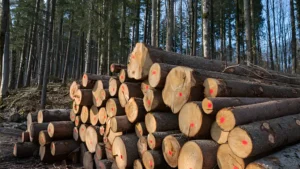
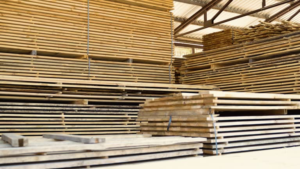



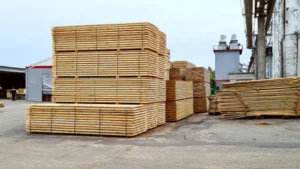
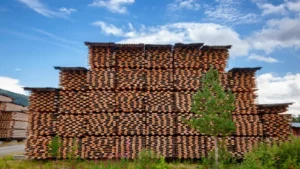
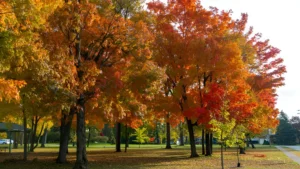




Leave your comment